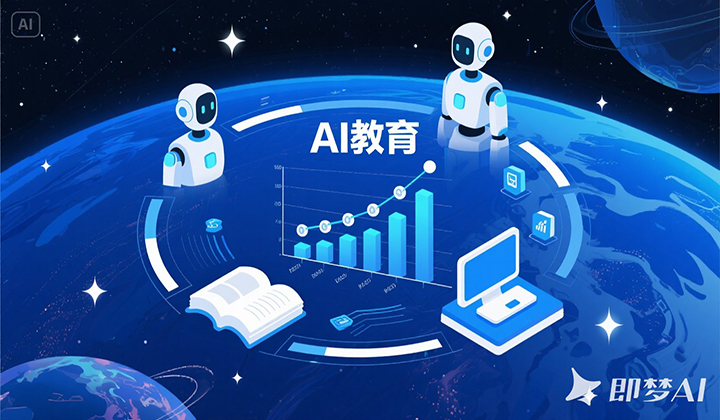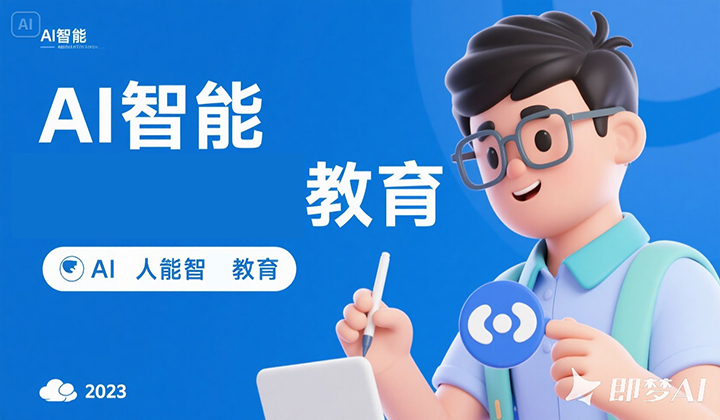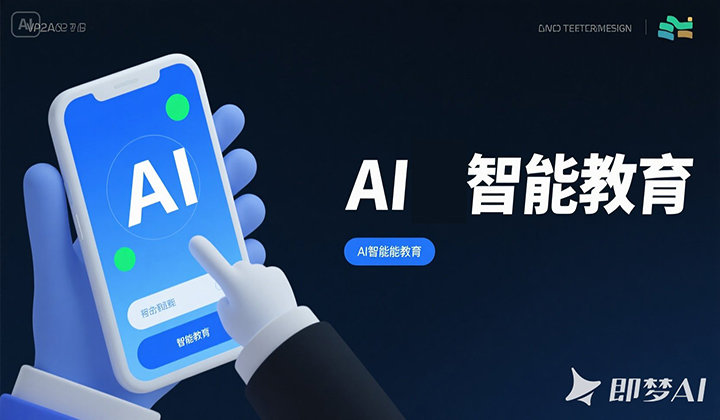How AI education is changing the classroom
With the rapid development of artificial intelligence technology, AI education is quietly entering more and more campuses, changing the appearance of classrooms, teaching methods, and students' learning experiences. In the past, our impression of the classroom was a blackboard, chalk, and podium; Nowadays, more and more classrooms are equipped with smart screens, speech recognition, learning analysis platforms, and even virtual teachers. AI education is redefining the concept of 'attending classes'.
Firstly, AI education has greatly improved classroom efficiency.
In traditional teaching, teachers often face a group of students with different abilities, interests, and progress, making it difficult to achieve true "teaching according to aptitude". And AI systems can analyze students' knowledge mastery and weaknesses in real time based on their learning data, automatically generating personalized learning paths and topic recommendations. For teachers, this not only saves time on lesson preparation and homework grading, but also provides more targeted guidance to students, improving overall teaching effectiveness.
Secondly, AI education has expanded the boundaries of the classroom.
With the support of AI technology, students are no longer limited to textbooks and classrooms, and can use intelligent platforms to learn anytime, anywhere. For example, speech recognition and natural language processing technologies help students practice English speaking, virtual laboratories make physics and chemistry knowledge more intuitive and understandable, and AI assistants can also answer difficult questions in learning. This "classroom oriented" learning approach greatly enriches the forms of education and stimulates students' interest in self-directed learning.
Furthermore, AI education also empowers teachers.
AI is not a replacement for teachers, but an assistant to teachers. Through teaching data analysis, teachers can have a clearer understanding of each student's learning status and behavior patterns, and adjust teaching strategies in a timely manner. In addition, some AI teaching systems can automatically record and analyze classroom information, provide feedback and suggestions to teachers, and improve teaching quality. Especially in the context of the "double reduction" policy, AI education provides important technical support for reducing teachers' workload and increasing efficiency.
Of course, AI education has also sparked some new thinking.
The rapid development of technology brings convenience, but also raises concerns about whether students will overly rely on AI, whether the role of teachers will be weakened, and whether educational equity will be affected. For example, in some areas with insufficient educational resources, the popularization of AI education still faces limitations in hardware and network conditions. In addition, issues such as whether the algorithms of AI systems are fair and whether data privacy is secure also require joint consideration and resolution by educators, technology developers, and policy makers.
Overall, AI education is changing the classroom ecology in a deeply integrated way.
It is not only an upgrade of teaching tools, but also an innovation of educational concepts and methods. From "teacher centered" to "student-centered", from "unified teaching" to "personalized learning", AI is driving education towards a smarter, more efficient, and inclusive future. In the future classroom, there may not be fixed desks and chairs, but there will definitely be deep involvement of AI technology; Teachers are no longer just transmitters of knowledge, but also designers and guides of learning.
The transformation of AI education is still ongoing, and the reconstruction of the classroom is just beginning. And each and every one of us, whether it's teachers, students, parents, or developers of educational technology, is undergoing this transformation, re evaluating the concept of 'learning'.














